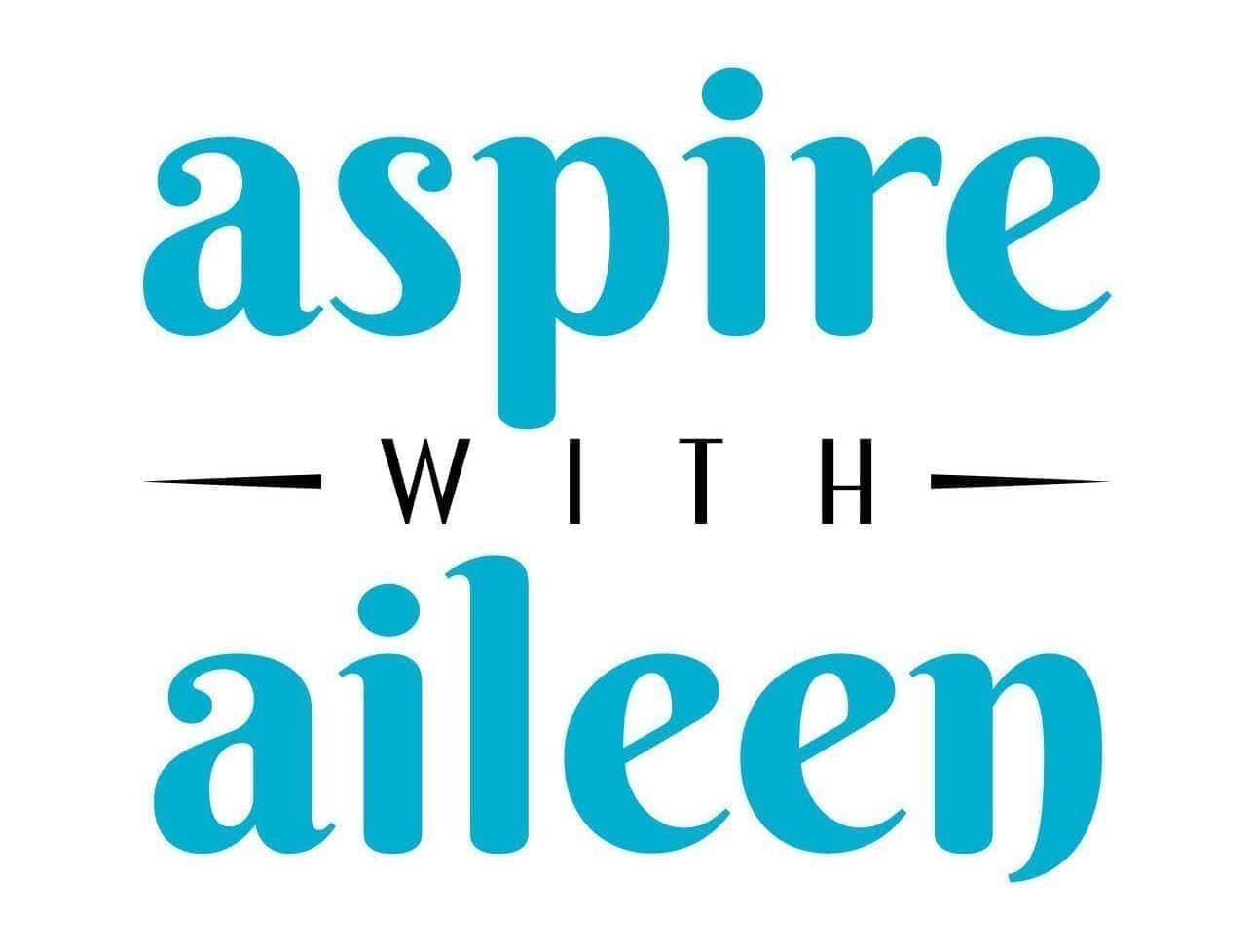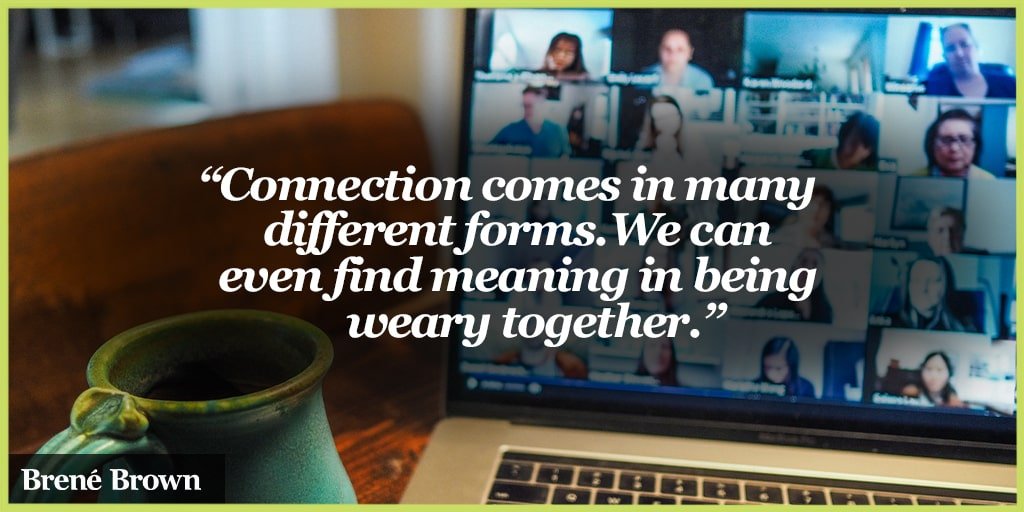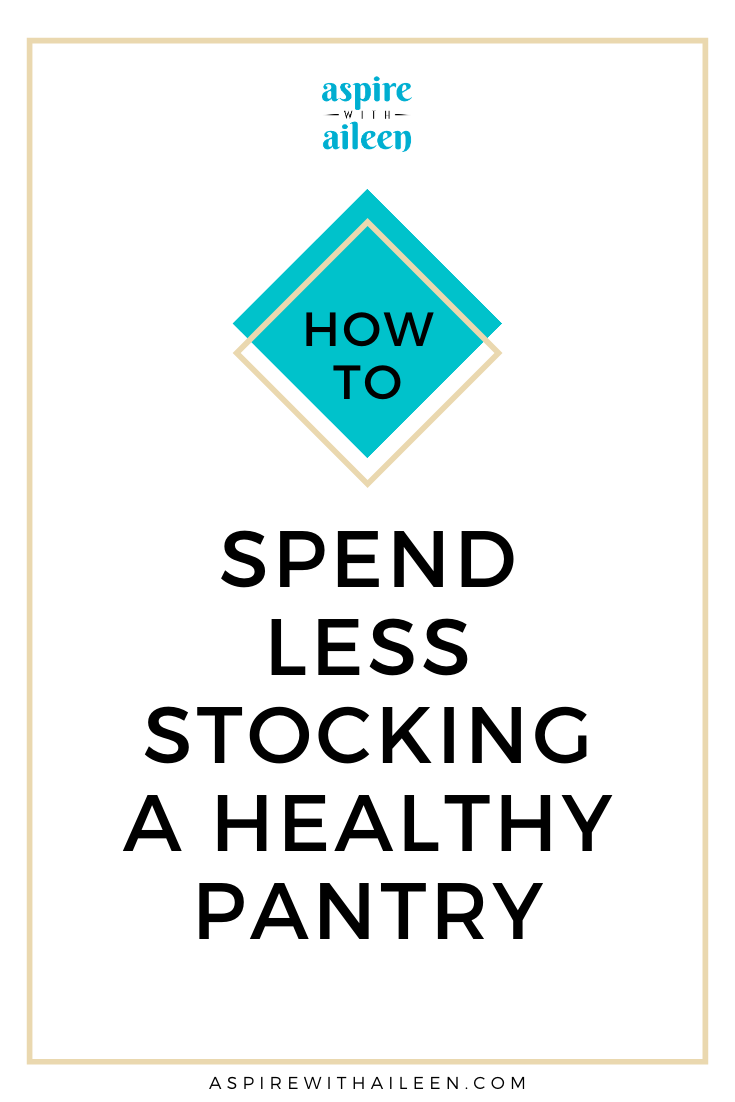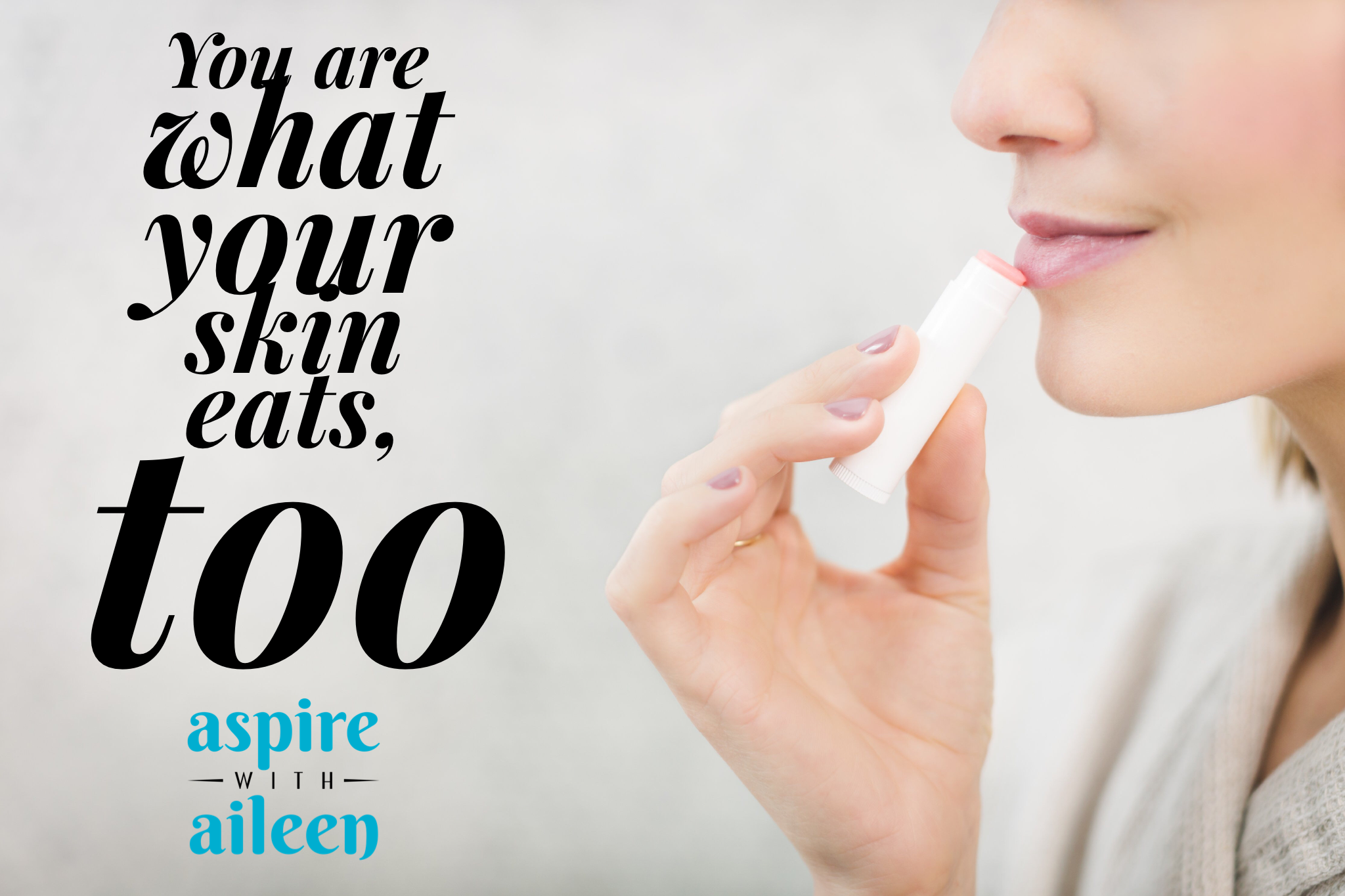These trending images and messages of the sentiment “but first coffee” are cute, but they point to the bigger question at hand… why are we all so tired?!
There’s a multitude of reasons, and as with many things related to our wellness it’s dependent on the person, but here’s what I see come up most consistently with my clients - both my 1-1 career coaching clients, as well as participants in my signature “Stress Less, Sleep More” wellness workshop.
1- You’re eating foods that perpetuate the cycle… and/or not chewing your foods enough
The Refined Sugar Rollercoaster
We’ve all been there- in the office it may be grabbing something from the candy bowl at the front desk or having “just one tiny piece” of cake for your coworker’s birthday (only to cut an extra sliver and then another sliver…). You may also have some sweets stashed in your desk drawer or pantry for times when you just need a little jolt.
Refined sugar (defined) is everywhere (including in sauces and salad dressings). While it gives you that temporary energy and mood boost, it comes with a crash AND an impact on your brain. Studies show sugar activates the same areas of your brain as addictive drugs and floods it with too much dopamine, which is why the “once you start you can’t stop” feeling (like that “just one bite” of cake!) is so common.
I'm a former sugar fiend and after ditching it while doing the Whole30 in 2014 I noticed my energy was incredibly more stable (no more afternoon slump!), I was sleeping better (and I already thought I was a good sleeper!), and when eating it after a month away from it I really noticed the effects on my body. What used to taste normal tasted too sweet and I’d get the shakes/a headache afterwards. I still notice these effects when I do choose to have something high in refined sugar these days.
Think you’re hooked? Try having absolutely no refined sugar (foods with natural sugar like fruit is fine but enjoy them in moderation while you do this experiment) for one week and observe the effects. It’s normal to experience withdrawal like symptoms such as headaches, which is a sign that cutting back is much needed!
Crazed for Caffeine
This substance is SO debated – for every article against coffee you’ll find another advocating for it. Some argue it’s an emotional intelligence killer. My approach, as with most things, is that it’s all about balance and, most importantly, knowing how your individual body responds to it. It’s essential to note that if you’re tired, more caffeine isn’t a sustainable answer.
The facts are the facts though: caffeine triggers the same fight or flight response system in our bodies that happens when we perceive a threat or feel stressed. Caffeine has a six hour half life, so when you have that 3pm coffee meeting to get over your slump, 50% is still in your system at night which can interfere with your sleep (I used to say “I can drink a cup of coffee and then go right to sleep” which may be true, but is it really optimal for health?). The most common experience that caffeine, coupled with a stressful lifestyle, has on people is this feeling of being “tired but wired.”
If this sounds like you, or you have a ton of caffeine every day, explore the idea of reducing the quantity slowly and watch the impact on your stress and sleep levels. I’ve noticed many of my clients just like the ritual of coffee – the smell, the experience – more so than the actual drink itself.
No matter what, I encourage you to think about the quality of your beverage. Coffee is one of the most heavily pesticide sprayed crops, so go organic or consider switching to organic green tea for a gentler boost as it has less caffeine and L-theanine.
Also try drinking water first thing in the morning and when you’re tired in the afternoon (dehydration slows cell function down). You may be surprised how much it can energize you!
Fueling Too Fast
Raise your hand if you any of these sound like you. You…
eat lunch at your desk (and potentially breakfast on your commute, if you remember it)
have dinner while watching TV (and/or graze so much while prepping dinner you’re basically full by the time it’s ready)
often look around when eating with others and wonder how your food disappeared so quickly because they’re all still eating
feel bloated after meals or realize that you’re SUPER full only after putting down your fork
If these resonate with you, you’re likely not chewing your food properly. “Your stomach doesn’t have teeth” (Kris Carr) and when shoveling meals down quickly, we skip a lot of the digestive process. The enzymes in our saliva (and our teeth) are supposed to do a lot of the work. Our body then needs to exert a LOT of energy to process the food, which steals energy needed for other things… like being alert in the meeting you have after lunch. When your eyes get heavy, you grab likely a cup of coffee, and then the cycle is perpetuated again.
I work with my clients on this concept of “mindful eating” a lot. These are some ways to encourage slowing down and chewing more: put your fork down after every bite, use your non-dominant hand, try to chew every bite at least 10 times, observe your food with your senses before jumping in, and avoid the TV/computer/phone for at least half of your meal.
Watch the way these impact when you feel full, how well you digest your food, and your energy post-meals (buh-bye food coma!).
2- You’re chronically stressed
Stress steals our energy and, as you likely know, has a major impact on our overall health (get my guide 4 free stress reduction activities). Many of us don’t have a handle on some unsuspecting stressors. We look to TV and Youtube videos to relax, but we’re still “on” when entertaining ourselves in these ways. In particular, the blue light that emits from our devices interferes with our body’s production of melatonin, so we don’t get sleepy (hello, tired but wired).
There’s also the concept of perceived stress, which is the idea that some stress is based on a subjective response and we can rewire our brains to be more resilient in how we respond to stimuli. This article goes into it in more depth, and has fantastic information and tools for combating stress. Chris Kresser also has the option to assess perceived stress in your life.
How much are you actively combatting stress in your life? Are you doing restorative activities?
Explore ways you can take care of your body (mitigate the impact of stress on it) and mind (reduce the amount of stress perceived, and feel more in control when you do experience it).
































